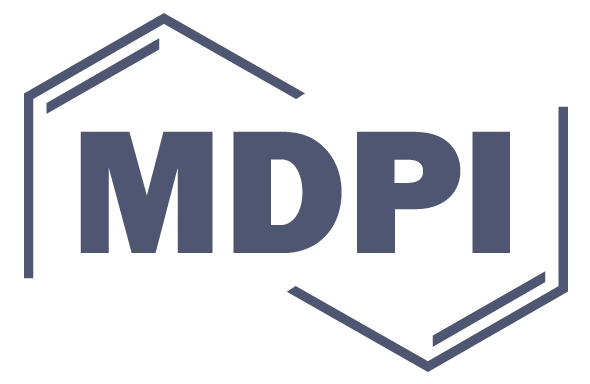Evaluating Physical and Fiscal Water Leakage in Water Distribution System
1
Faculty of Civil Engineering, Ton Duc Thang University, Ho Chi Minh City, Vietnam
2
Department of Civil Engineering, Institute of Technology, Ambo University, Ambo, Ethiopia
3
Civil, Environmental and Natural Resources Engineering, Lulea University of Technology, 97187 Lulea, Sweden
4
Institute of Research and Development, Duy Tan University, Da Nang 550000, Vietnam
5
Sustainable Developments in Civil Engineering Research Group, Faculty of Civil Engineering, Ton Duc Thang University, Ho Chi Minh City, Vietnam
*
Author to whom correspondence should be addressed.
Water 2019, 11(10), 2091; https://doi.org/10.3390/w11102091
Received: 21 May 2019 / Revised: 13 August 2019 / Accepted: 25 September 2019 / Published: 8 October 2019
(This article belongs to the Special Issue Real-Time Optimal Control of Water Distribution Networks)
With increasing population, the need for research ideas on the field of reducing wastage of water can save a big amount of water, money, time, and energy. Water leakage (WL) is an essential problem in the field of water supply field. This research is focused on real water loss in the water distribution system located in Ethiopia. Top-down and bursts and background estimates (BABE) methodology is performed to assess the data and the calibration process of the WL variables. The top-down method assists to quantify the water loss by the record and observation throughout the distribution network. In addition, the BABE approach gives a specific water leakage and burst information. The geometrical mean method is used to forecast the population up to 2023 along with their fiscal value by the uniform tariff method. With respect to the revenue lost, 42575 Br and 42664 Br or in 1562$ and 1566$ were lost in 2017 and 2018, respectively. The next five-year population was forecasted to estimate the possible amount of water to be saved, which was about 549,627 m3 and revenue 65,111$ to make the system more efficient. The results suggested that the majority of losses were due to several components of the distribution system including pipe-joint failure, relatively older age pipes, poor repairing and maintenance of water taps, pipe joints and shower taps, negligence of the consumer and unreliable water supply. As per the research findings, recommendations were proposed on minimizing water leakage.
View Full-Text
Keywords:
water leakage; non-revenue water; bottom-up; top-down approach; bursts and background estimates; Ethiopia
▼
Show Figures
This is an open access article distributed under the Creative Commons Attribution License which permits unrestricted use, distribution, and reproduction in any medium, provided the original work is properly cited
MDPI and ACS Style
Bhagat, S.K.; Tiyasha; Welde, W.; Tesfaye, O.; Tung, T.M.; Al-Ansari, N.; Salih, S.Q.; Yaseen, Z.M. Evaluating Physical and Fiscal Water Leakage in Water Distribution System. Water 2019, 11, 2091.
Show more citation formats
Note that from the first issue of 2016, MDPI journals use article numbers instead of page numbers. See further details here.








